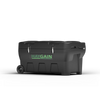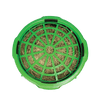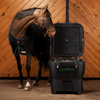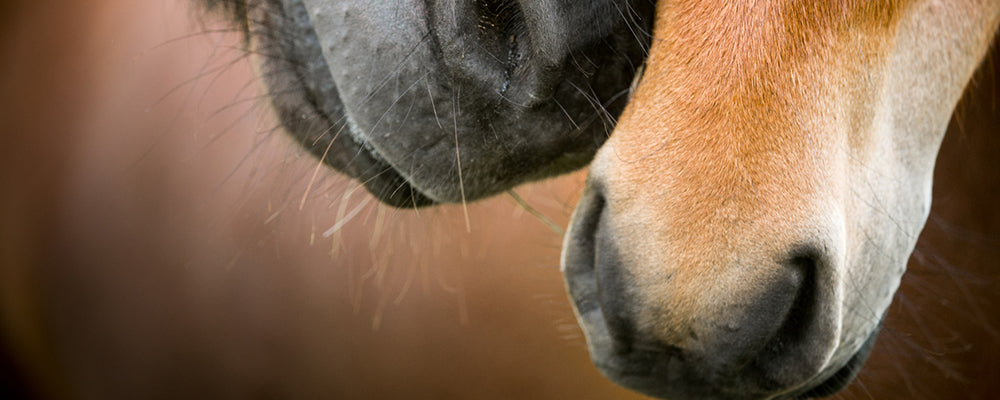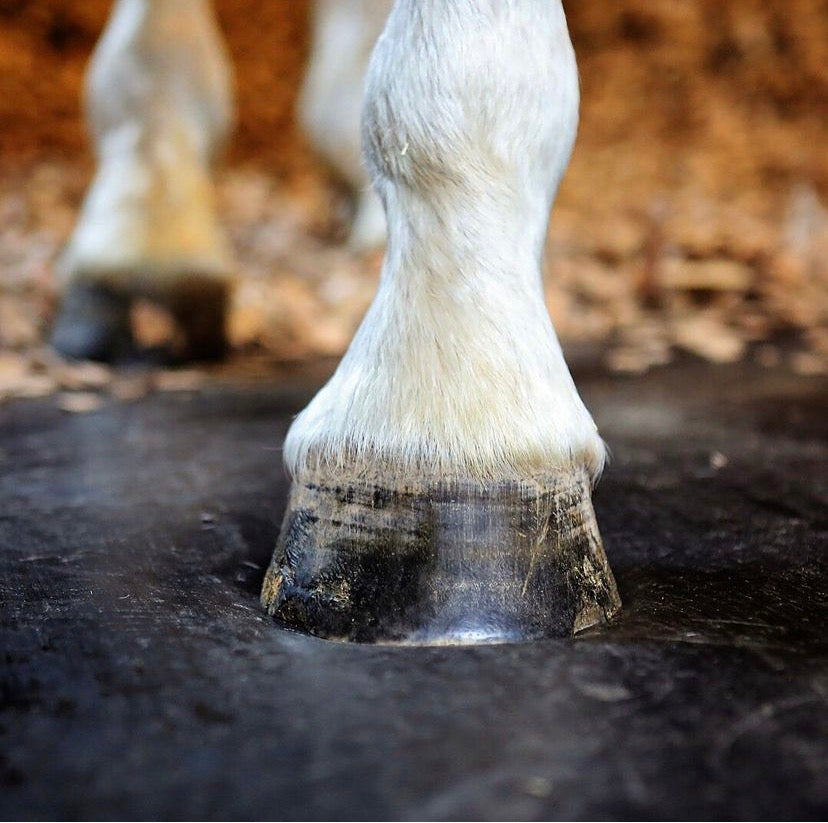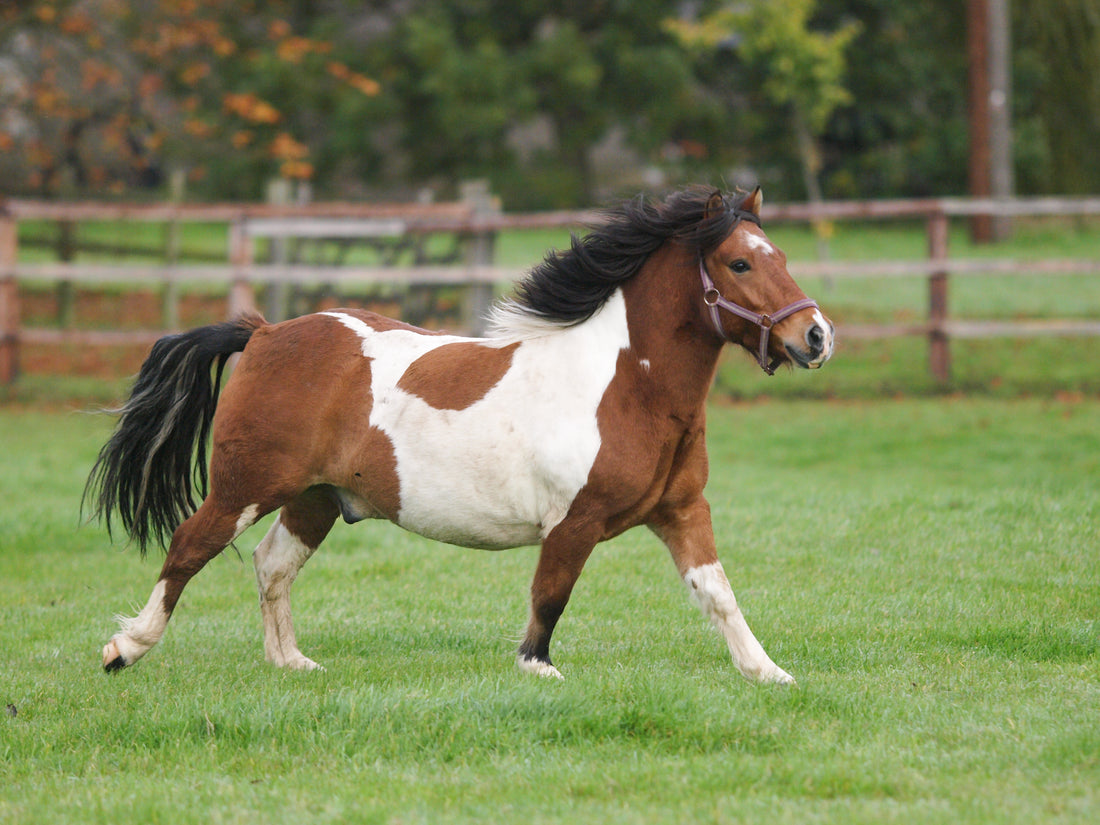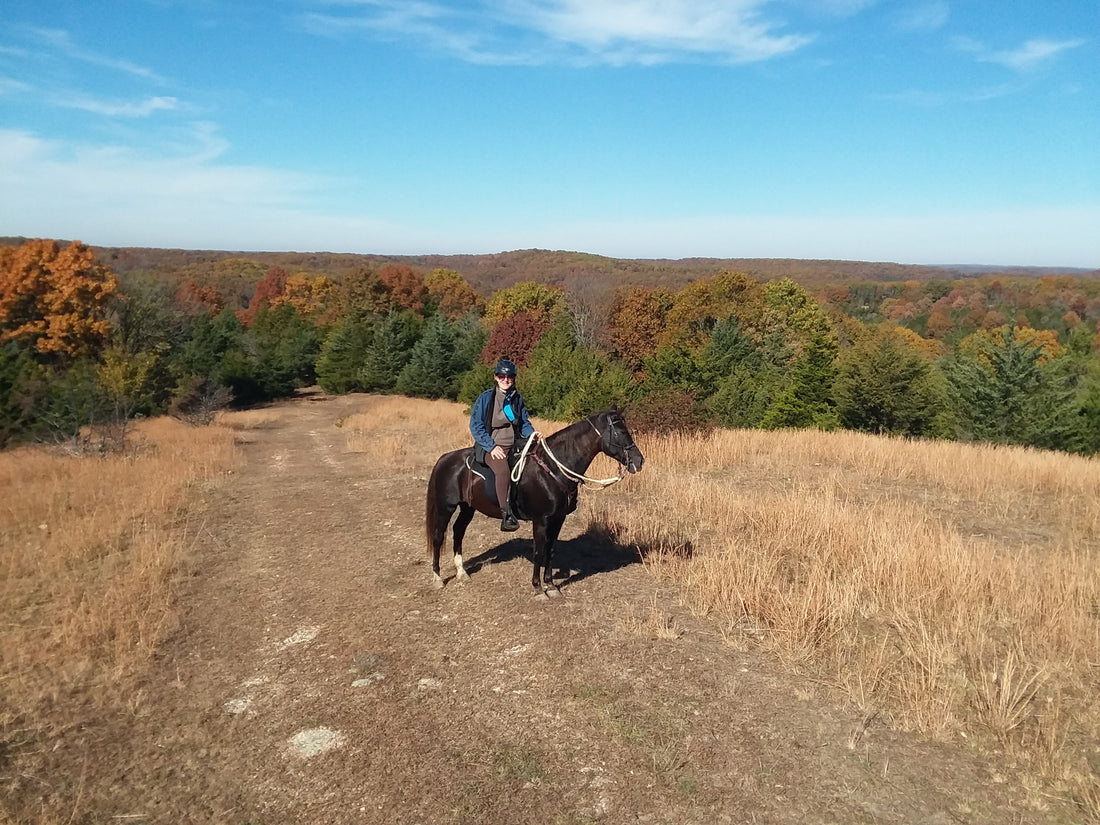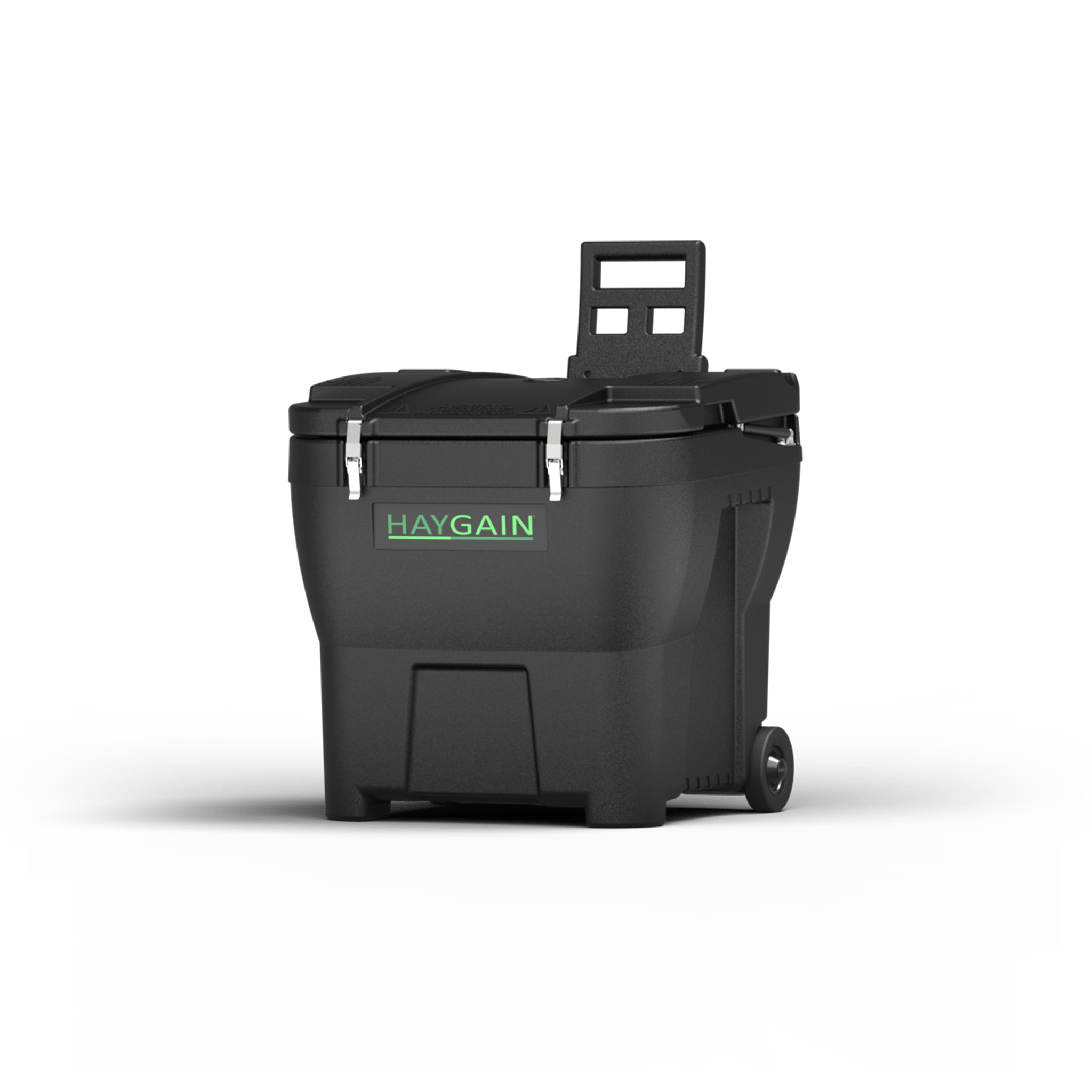Equine Asthma
Equine Asthma is a relatively new term for a well-known, age-old problem describing a spectrum of inflammatory respiratory disorders that you may know as Inflammatory Airway Disease (IAD) and COPD, RAO Broken wind or Heaves.
Mild to moderate Equine Asthma was previously known as Inflammatory Airway Disease or IAD. Severe Equine Asthma describes what was previously known as Recurrent Airway Obstruction (RAO).

What is the prevalence of Equine Asthma?
According to a review in Equine Veterinary Journal by Professor Scott Pirie, the estimated prevalence in the northern hemisphere of Severe Equine Asthma is about 14%. An owner-based survey agreed with this estimating the prevalence in the UK is between 10-17%.
Both the incidence and severity of the disease increases with age and the amount of time spent in the stable and is a common reason for the career's end of sport horses.
Haygain hay steamers have been shown to reduce respirable dust by up to 99%"
What is the treatment for Equine Asthma?
The immediate treatment for Equine Asthma is normally using medication prescribed by the vet and focuses mainly on decreasing lung inflammation. A combination of corticosteroids and broncodilators are used and the most effective method is inhaled medication through a nebulizer.
The long-term, ongoing treatment and management of a horse with equine asthma revolves around dramatically reducing exposure to the allergens present in the stable environment. This needs to be a holistic approach and will involve coordination between the rider/groom and yard owner to look at the whole environment and feeding regime.
Reduce allergen exposure
Many research groups have shown that the stable environment contains high levels of aetiological agents for Equine Asthma. Airborne respirable dust in the stable contains high levels of bacterial endotoxins, forage mites, plant debris and inorganic dusts. Clarke and Madelin (1987) identified over 50 different species of microorganism in stable air. With a mean tidal volume of 5 liters the horse could be inhaling 4.6 million airborne respirable dust particles in every breath! A major source of this is from feeding dry hay.
Reduce exposure from hay
The most effective way to reduce exposure from hay is to treat the hay with high temperature steam prior to feeding it to the horse. Haygain hay steamers have been shown to reduce respirable dust by up to 99%, and kill bacteria, mold and fungal spores (Moore-Colyer et al). A study involving 482 horses found Haygain steamed hay reduced the risk of horses developing mild to moderate equine asthma while feeding dry hay significantly increased the risk. Considering the horse spends a lot of the time with its nose in the hay feeding this reduction in allergen exposure is very significant and probably the most important aspect but other sources in the environment also need to be addressed.
Reduce exposure from bedding
Straw is probably the worst choice of bedding for horses with Equine Asthma. Other low dust options such as large flake dust extracted shavings or cardboard will reduce exposure comparatively. However, putting less bedding (ideally of a low-dust bedding option) in the stable in the first place is even more effective. ComfortStall’s padded, sealed rubber flooring system allows you to do just that. The cushioning of the precision foam padding means far less bedding is required (50-75% reduction). In addition, as it is sealed you do not run the risk of the respiratory irritant ammonia contaminating the stable environment from urine getting trapped under normal stable mats.
Ventilation
Gregory (1945) adapted Stoke’s law to work out the dispersion and sediment rate of spores and observed fungal spores fall with velocities between 0.04 and 2.5cm/sec. In agreement with this early work Clarke (1986) also found that the particles sediment very slowly. The significance of this is that if ventilation in the stable is not sufficient then the particles persist in the horse’s air space for long periods which exposes the horse to large quantities of this harmful dust.
Table 1

Equine asthma is remarkably similar to human asthma. Table 1 above demonstrates these similarities
Parallels and differences between equine and human asthma. (From Barton, Ann Kristin, and Heidrun Gehlen. “Pulmonary Remodeling in Equine Asthma: What Do We Know about Mediators of Inflammation in the Horse?” Mediators of Inflammation 2016 (2016): 5693205. PMC. Web. 30 May 2018.)
IAD = inflammatory airway disease, RAO = recurrent airway obstruction, ASM = airway smooth muscle, and ECM = extracellular matrix.
It was because of these similarities a group of equine internal medicine experts collaborated and updated the consensus statement on inflammatory airway disease to help facilitate the industry’s understanding of this common, performance-limiting, and potentially debilitating respiratory condition in horses. It was decided that Equine Asthma was a better term to use as horse owners would understand it better. Equine Asthma Syndrome therefore encompasses the mildest IAD case to the most severe case of RAO now described as mild to moderate equine asthma (IAD) and Severe Equine Asthma (RAO).
Can Equine Asthma be prevented?
Equine Asthma can be described as an occupational hazard and develops in horses due to the environment they live and work in. Taking steps to minimise exposure to the airborne respirable dust will undoubtedly reduce the risk of Equine Asthma.

How can Haygain help?
Haygain is committed to improving equine health through research and innovation in the respiratory and digestive health issues. Developed by riders, for riders, we understand the importance of clean forage in maintaining the overall well-being of the horse. Our hay steamers and ComfortStall are recommended by many of the world’s leading riders, trainers and equine veterinarians.
References:
ACVIM June 2016 “The Prevalence of Fungi in Respiratory Samples of Horses with Inflammatory Disease” by Dr. J Dauvillier and Dr. E Westergren.
Barton, Ann Kristin, and Heidrun Gehlen. “Pulmonary Remodeling in Equine Asthma: What Do We Know about Mediators of Inflammation in the Horse?” Mediators of Inflammation 2016 (2016): 5693205. PMC. Web. 30 May 2018.
Clarke, A.F. and Madelin T.M., Allpress R.G. (1987) The relationship of air hygiene in stables to lower airway diease and pharyngeal lymphoid hyperplasia in two groups of Thoroughbred horses. Equine Veterinary Journal 19:524-530.
Couëtil LL, Cardwell JM, Gerber V, Lavoie J ‐P., Léguillette R, Richard EA. Inflammatory Airway Disease of Horses—Revised Consensus Statement. Journal of Veterinary Internal Medicine. 2016;30(2):503-515.
Moore-Colyer, M.J.S. Taylor, J. and James, R (2015). The effect of steaming and soaking on the respirable particle, bacteria, mould and nutrient content in hay for horses. Journal of Equine Veterinary Science. Aug 2015.
Pirie R. S. Recurrent airway obstruction: a review. Equine Veterinary Journal. 2014;46(3):276–288. doi: 10.1111/evj.12204.


